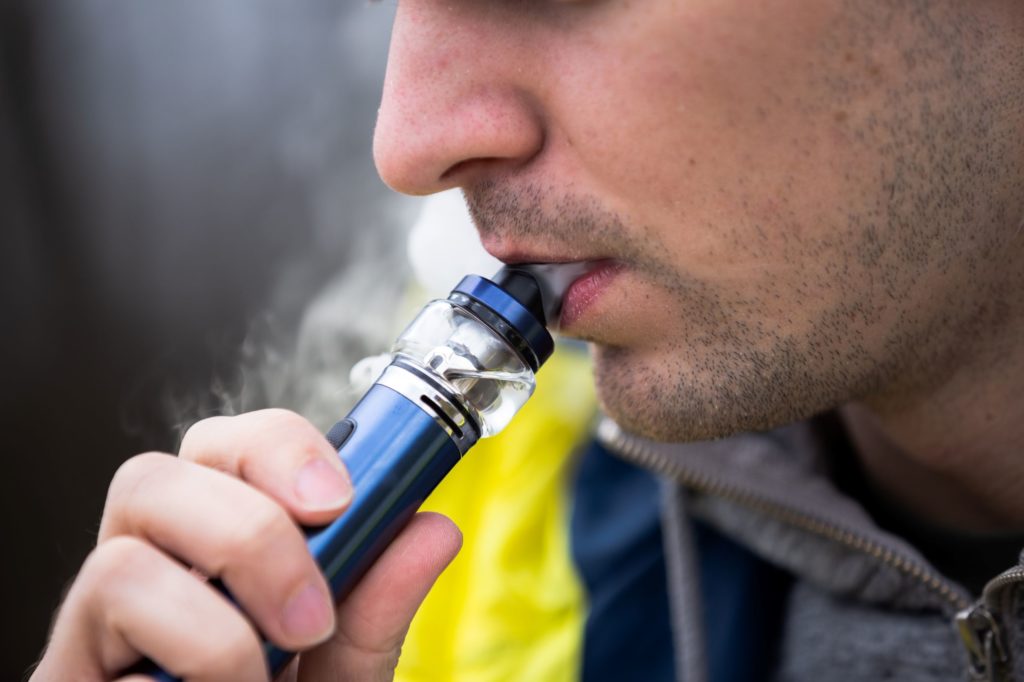More than 54,000 people in the United States are diagnosed with oropharyngeal and oral cancer every year, a condition that is more than twice as prevalent in men than in women.
Your dentist is a primary line of defense against oral cancer, which can affect your lips, gums, and throat. Oral cancer screening is a fundamental aspect of regular dental checkups, but in many cases you might not even realize that it is happening.
How the Dentist Screens for Oral Cancer
Oral cancer screenings occur during a regular dental checkup. The dentist visually examines your lips, your gums, the inside of your checks, all around your tongue, and the roof and floor of your mouth. He may also feel for lumps around your throat and neck, especially at the lymph nodes near your ears.
To detect signs of oral cancer, the dentist looks for:
- Red or white patches
- Sores that bleed easily or do not heal
- Thick or hard spots or lumps
- Rough or crusted areas, especially around the lips
Other signs include:
- Numbness, pain, or tenderness at the area
- A change in your tooth structure when you bite down
- Problems chewing, swallowing, speaking, or moving your tongue or jaw
The dentist may identify signs of oral cancer, but he cannot provide a formal diagnosis. An oncologist must perform a biopsy in order to determine that a growth or sore is cancerous.

As part of an oral cancer screening, the dentist will examine the top, sides and bottom of your tongue.
Risk Factors
The dentist can help you identify signs of oral cancer early, which will allow you to obtain cancer treatment as soon as possible. Generally, the sooner it is detected and treated, the better the prognosis in most cases.
However, dentists cannot detect these signs before they occur, which reinforces the need to avoid situations and habits that are known to cause mouth and throat cancers.
Although smoking is most often blamed, it is far from the only cause of oral cancer. Risk factors for oral cancer include:
- Tobacco use, including cigarettes, cigars, pipes, snuff, and chewing tobacco
- Vaping or using other forms of electronic cigarettes
- Heavy alcohol consumption (eight or more drinks per week for a woman or 15 or more drinks per week for a man, as defined by the Centers for Disease Control)
- Prolonged sun exposure to the lips without the proper use of broad-based sunscreen with strong SPF protection
- The sexually transmitted human papillomavirus (HPV)
- Past oral cancer diagnoses

Vaping may be associated with an increase in oral cancers in young adults.
Additional Facts about Mouth and Throat Cancers
1. Similar to other cancers, oral cancer develops and progresses in stages. A widely used reference for cancer progression is the TNM staging system.
- The T refers to the size and extent of the main tumor, or primary tumor.
- The N refers to the number of lymph nodes that have cancer.
- The M refers to whether the cancer has metastasized, or spread to other areas of the body.
2. Cancers may also be described as being in stages 0 to 4.
- Stage 0: Abnormal cells are present, but they are not cancers at this stage. This may be referred to as carcinoma in situ.
- Stage 1 to 3: Cancer is present. The higher the number, the larger the cancer tumor and the more it has spread to nearby tissues.
- Stage 4: The cancer has spread to distant areas of the body.
3. Despite the fact that the general public does not discuss oral cancer as much as some other cancers, its death rate is relatively high and the survival rate is relatively low. Oral or oropharyngeal cancers cause nearly 10,000 deaths every year. If you include cancer of the larynx, the number grows to 54,000 cases and 13,500 deaths per year in the United States. Worldwide, the number is closer to 450,000.
4. Historically, oral cancer more commonly affects individuals over the age of 40. However, in recent years, it has become more prevalent in younger individuals, possibly due to vaping and an increase in HPV cases.
5. Because oral cancer is frequently detected in later stages, the development of a more comprehensive and formal system of oral cancer screening on a regular basis may help to improve these statistics and patients’ prognoses.
If you are experiencing any of these signs, it’s crucial to get examined as soon as possible. Make an appointment to see Dr. Fienman at our West Bloomfield dental office for oral cancer screening. Schedule an appointment online, or call our office for more information.



